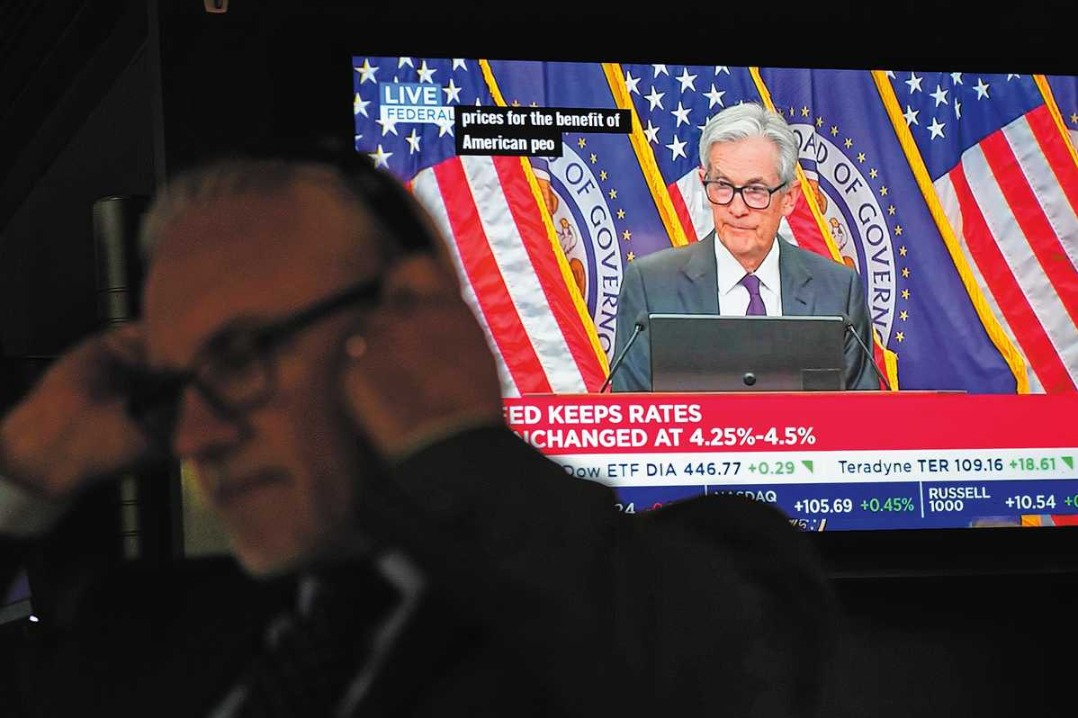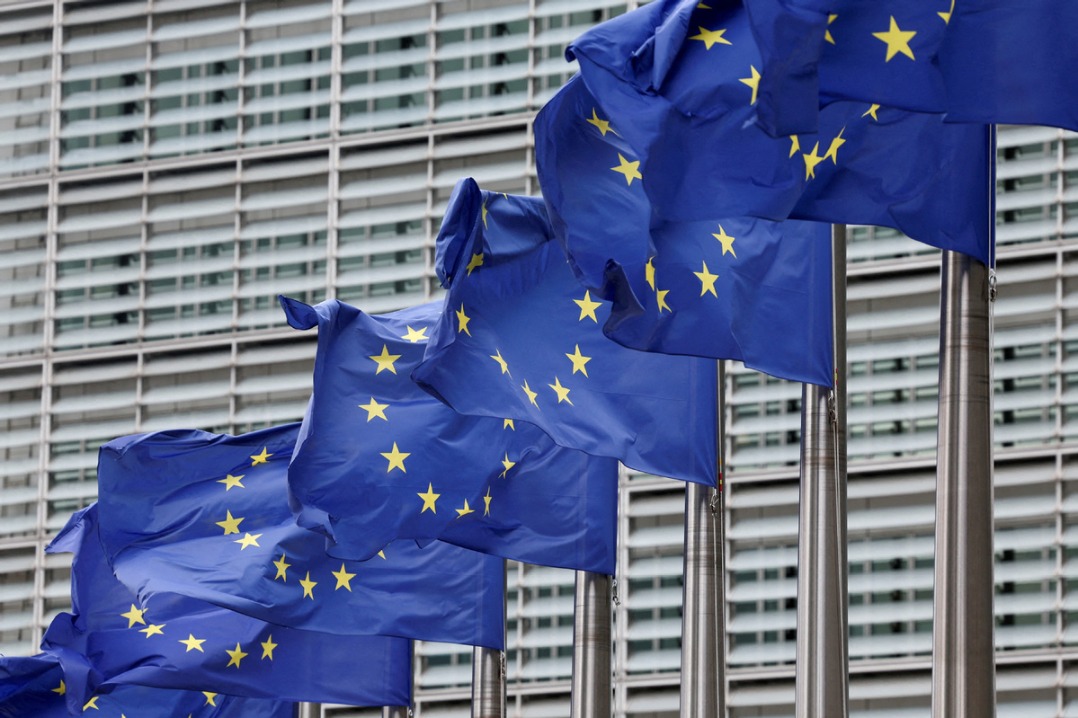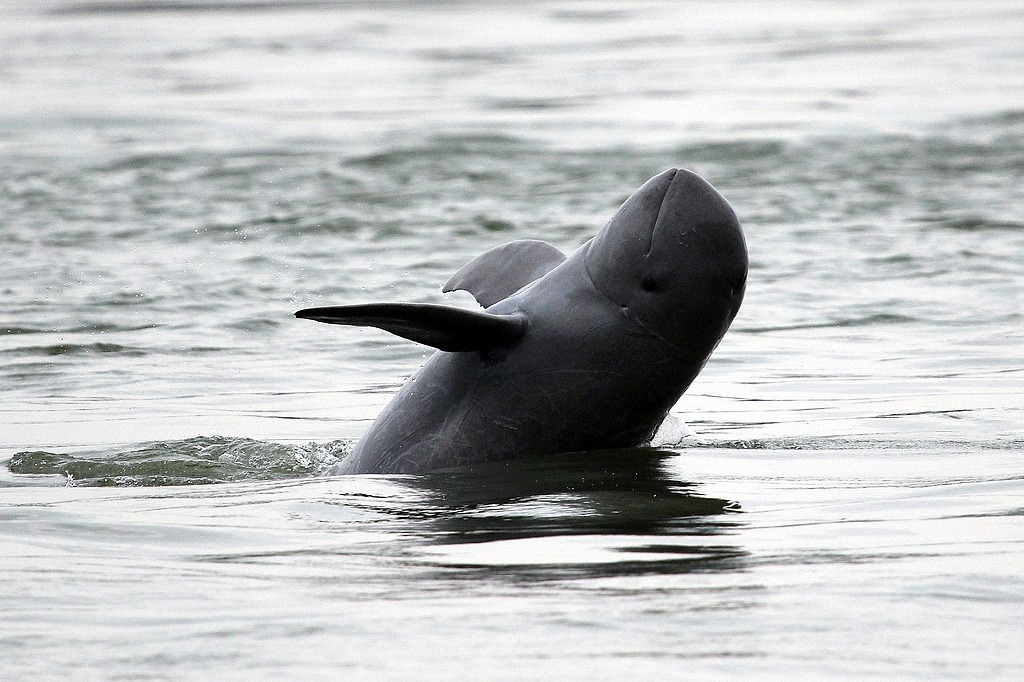US public schools face problems as they approach reopening


As US public schools prepare for the fall amid the COVID-19 pandemic, school officials, parents and teachers are involved in a hotly contested debate about the merits of in-person classes versus remote learning.
The openings are occurring as a new report says at least 97,000 children around the US tested positive in the last two weeks of July, a 40 percent increase from the total number of cases found at the beginning of the period studied.
More than 7 out of 10 of the new cases among children were from states in the South and West, according to the report published last month by the American Academy of Pediatrics and the Children's Hospital Association.
Many schools, especially in the South, have reopened, but some have been forced to close because students have tested positive.
In Georgia, the Paulding County high school that made headlines because of photos showing hallways crowded with unmasked students will conduct only online teaching for at least a couple days this week after revealing that a half-dozen students and three staffers were diagnosed with the novel coronavirus.
The school district suspended two students, including one who publicly acknowledged posting one of the photos last week. Following a national outcry from critics who said school leaders were trying to silence the students, the suspensions were lifted Friday.
In Cherokee County, Georgia, three students and one teacher at different schools have tested positive for the virus. At least 61 students and four staff members have been quarantined, school officials said.
In Corinth, Mississippi, the school district gave families the option of either sending their children to school in person or doing distance-learning from home. The district, which reopened two weeks ago, confirmed that 116 high school students were quarantined after positive cases were identified.
But the district's superintendent said he has no plans to change course. "Just because you begin to have positive cases, that is not a reason for closing school," Lee Childress said.
Among the nation's 10 largest public-school districts by enrollment, most — including Los Angeles, Chicago and Miami — are planning to start the year fully online.
New York City, the nation's largest public school district with 1.1 million students, is expected to start classes Sept 10. The district plans to allow students to choose either online learning or a hybrid plan with as many as three days of in-person instruction.
California, Florida and Texas, the states with the largest populations, are seeing fewer infections and hospitalizations, as is Arizona. California Governor Gavin Newsom said the decline wasn't enough to merit a change in his order that the state's schools begin the August term with online learning.
Teachers, students and parents have criticized online teaching.
Many educators say that the transition from the classroom to online when the pandemic took hold in the spring has led to serious setbacks in learning, especially for students who already are at a disadvantage in the school system.
About 17 percent of students nationwide lack a computer at home, according to a 2019 analysis by The Associated Press, and 18 percent lack broadband internet access. Low-income families and families of color are likelier to be without those resources, according to the AP.
A major problem with online learning is supervision. Higher-earning professional parents who can work from home are able to supervise their children's online learning, but many lower-paid, blue-collar parents don't have the option to work remotely.
Single parents and those without access to child care are hardest hit. They might face choosing between staying home for their children or not getting a paycheck, if they haven't already lost a job.
According to a recent McKinsey & Co report on reopening schools, about 26.8 million Americans, or about 16 percent of the workforce, are dependent on child care in order to work.
Reopening schools also runs the risk of exposing teachers and staff to the virus.
In Georgia's Gwinnett County, some 260 employees tested positive or had possibly been exposed to the coronavirus a day after teachers returned to work last week and were told to stay home.
Teachers at dozens of school districts across the country last week protested in car caravans and street marches over plans by some governors to resume in-class instruction.
In Milwaukee, Wisconsin, the Teachers' Education Association tweeted pictures of protesters making fake gravestones that read, "RIP GRANDMA CAUGHT COVID HELPING GRANDKIDS WITH HOMEWORK".
While President Donald Trump has said children are "virtually immune" to the coronavirus, studies and data show that while children are far less likely to die from COVID-19 than adults, they can still pass the disease on to others.
A Kaiser Family Foundation study found that nearly 1.5 million US teachers, almost 1 in 4, were at greater risk of serious illness if infected with the coronavirus due to age or existing health conditions.
The Trump administration has been pushing for schools to physically reopen in the fall, although the US now has more than 5 million coronavirus cases and a death toll above 163,000, the world's highest total. The White House hasn't put forth any blueprint, including federal health guidelines, for how to do that safely.
Reopening is seen as a vital part of Trump's overall plan for restarting the economy and to help in his reelection. The nation's 98,000 public K-12 schools with nearly 51 million children are a major part of the economy.
With a workforce of about 8 million before the pandemic, K-12 public education is also one of the largest US employment sectors.
Reuters and The Associated Press contributed to this story.
































